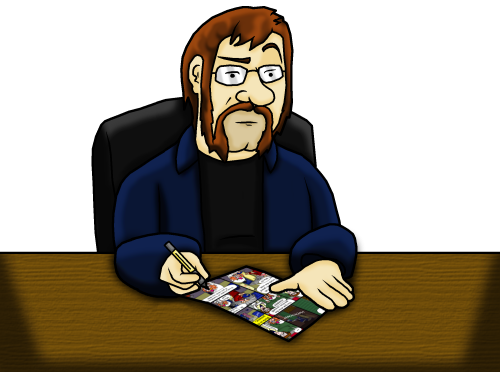Game Guides for Non-Gamers: Metal Gear Solid
Metal Gear Solid is a long-running action/adventure series which focuses on sneaking around and hiding rather than shooting lots of people. It is notorious for having a dense storyline, one which is mostly based on thrillers but has dashes of cyberpunk, science-fiction and fantasy (with some emphasis on fantasy given some of the fantastic supernatural elements of the series). The story is so long that it has spanned five separate games consoles and at least four console generations.
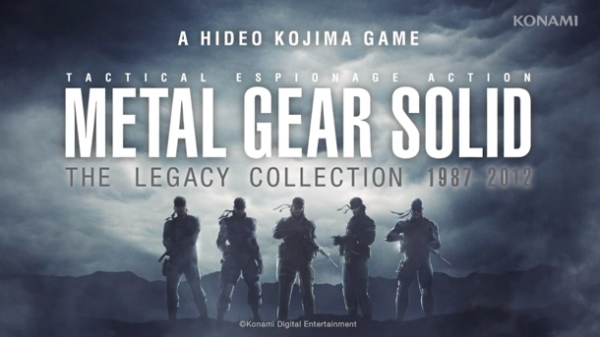
Hold the phone, what’s this all got to do with gears made of solid metal?
The title is a little bit misleading, I admit. This game series comes from Japan, although I’m not sure whether that directly correlates with the odd structure of the title. The “Metal Gear” of the title refers to a series of giant mechanised robots, usually the prevalent threat in each instalment. Metal Gears come in all shapes and sizes and usually have another name like “REX” or “RAY”. The “solid” part of the title refers to the main protagonist and his codename “Solid Snake”. The games tend to climax with Snake facing a Metal Gear of some sort. There’s also an in-game explanation for the term “Metal Gear”, in that the mech is a link between infantry and artillery, a gear between the two cogs in the machine, if you will.

I thought games were all about killing other people. You say this one is hide-and-seek?
No! Well, a little bit. If you get caught by a guard, they will raise the alarm and you will need to find somewhere to hide: inside a locker, behind a section of wall, under a cardboard box, etc. You are encouraged to take a non-aggressive approach to combat by knocking guards out, either with your bare hands or via a tranquillizer dart gun. However, if you find yourself in a bit of a tight spot, you can always whip out a machine gun and blast away at the oncoming hordes.
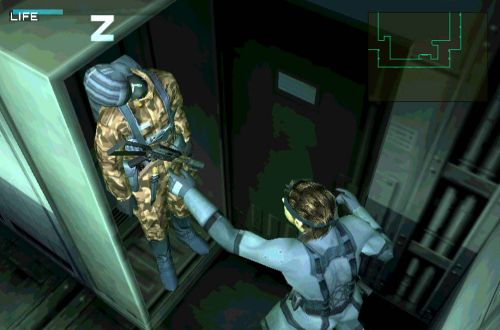
Aha! So it is another mindless shooter. Typical.
Oh, MGS can be violent as hell! In fact the most recent instalment appears to be making violent encounters as gory and horrifying as possible in order to deter the player from committing violent acts. However, much like the Hitman series, if you run in guns a-blazing you really are missing the point. The real challenge is getting through the game without being seen by patrolling guards, security cameras and guard dogs. The highest difficulty settings will sometimes enforce a “being spotted means a game over” rule. The real fun is working out guard patrol routes and figuring out a way to sneak through or, if no obvious route is available, you can create a distraction; set off an explosive somewhere else, knock on a wall or throw an empty gun cartridge at a nearby bit of scenery to make a noise to lure or distract a guard away from their regular patrol route.
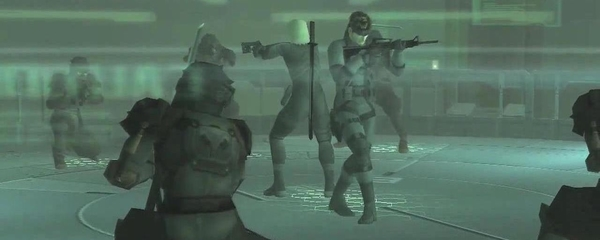
That doesn’t sound too bad, but hiding is difficult, isn’t it?
On the regular game settings, guards can see a cone of vision about five feet in front of them (unless you do something really stupid like stand in the middle distance of a jungle wearing bright red camouflage). The intelligence of the average MGS guard is notoriously cartoonish, as they get distracted very easily and are not the smartest cookies in the jar when it comes to looking for a hiding intruder. They don’t even notice if a cardboard box keeps changing position whenever they look in its direction, unless the thing happens to be right in front of their feet. However, if you crank the difficulty up, guards will get a more realistic perception – at the time of writing, I have recently been playing MGS4 on extreme mode and I can attest that the guards are a lot more realistic. They actually notice any movement in front of them, like the human eye would! It is far more difficult, I prefer the robotic, not-so-perceptive artificial intelligence.
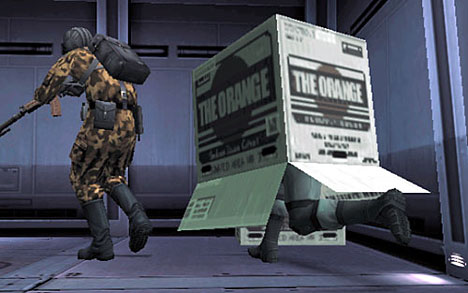
You mentioned a really long story?
Trying to get into MGS mid-series is a bit like attempting to get into a long-running soap opera, as there are a lot of long-standing characters and plot elements that get referenced semi-frequently. I will attempt to break it down to the core story for a synopsis:
There was once a great solider with the codename Naked Snake, who would later adopt the codename “Big Boss” given his legendary feats in battle. He became mistrusting of the U.S. Government in later life and developed his own mercenary army. Big Boss wanted to build “Outer Heaven”, a society for outcast mercenaries where true soldiers would never need to find another battle. Due to his rogue status and the fact that had Metal Gear D (a nuclear-equipped walking battle tank), the government sent in Solid Snake to stop him. Solid Snake was one of three sons of Big Boss, part of the “Les Enfants Terrible” (the Terrible Children) program to clone Big Boss and create identically excellent soldiers using his DNA.
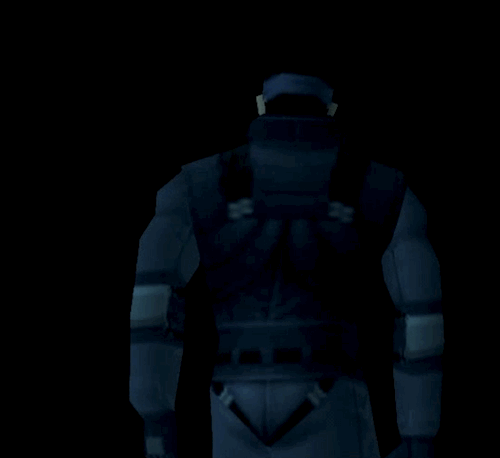
…This is all a bit much to take in.
I agree, and that’s just the story behind the 16-bit game that started it all! The sequels and prequels that followed all had an enclosed story. In brief:
- Metal Gear and Metal Gear 2: Solid Snake follow Solid Snake as he fights Big Boss and his various Metal Gears.
- Metal Gear Solid followed a weary Solid Snake taken out of retirement to prevent his “brother” Liquid Snake from holding the world to ransom with Metal Gear REX.
- Metal Gear Solid 2: Sons of Liberty follows Raiden, a rookie agent tasked with taking down Solidus Snake, the ex-president who has taken the current president hostage on a new oil cleanup facility in New York harbour.
- Metal Gear Solid 3: Snake Eater is a prequel, following the earliest days of Big Boss during the Cold War, where Naked Snake took on a mission to infiltrate a Russian facility and take down a new experimental meachanoid of mass destruction, the Shagohod (a precursor to Metal Gear).
- Metal Gear Solid 4: Guns of the Patriots is set in a semi-futuristic world where AIs and private military companies (PMCs) rule. A prematurely-ageing Solid Snake is tasked with taking down the head of the biggest PMC, Liquid Ocelot – the body of triple-agent Revolver Ocelot as taken over by the spirit of his long-dead brother Liquid Snake (don’t ask).
- Metal Gear Solid: Peace Walker follows Big Boss in the 70s as he forms the basis for his mercenary army under the banner of “Militaires Sans Frontières” (soldiers without borders), in effect the world’s first PMC. Metal Gears of various sizes are fought, including one with the simulated brain of his mentor (again, don’t ask).
- Metal Gear Solid V: the Phantom Pain has not been released yet but promises to fill in the gap between Peace Walker and the very first game, bringing the whole story around on itself! It looks as if it will follow Big Boss as he becomes more villainous and corrupt in his methods.

Sheesh, that’s a lot of games!
I didn’t even touch on the spin-offs, or a few other minor games not considered part of the main canon. I think I’ve covered as much as I can without compiling a massive essay, but I definitely need to touch on the humour.
Spy games don’t sound like they lend themselves to humour.
That’s true, I mean did you see Spy Hard? However, there’s a genuine tongue-in-cheek quality to various aspects of the series. The protagonists have special, strong feelings towards hiding inside a cardboard box. In the first game a guard is knocked unconscious and stripped naked for his clothes and is left lying on the floor arse up, complete with pixelation for preserving modesty. A villain in the first game promises he’ll come back after death and then dies, only to reappear in the second game…as an action figure, one you could actually buy in real life (I have it on my shelf). A corridor in the second game floods with water, and when you surface for air in one of the lighting ducts there’s an innocuous rubber duck floating on the surface. One infamous boss can “read your mind”, only it turns out he’s reading your controller and can’t do anything if you plug your controller into the other control port. In the third game you can wear a hat made out of a crocodile’s head, and scare guards by peeking out of logs when wearing it. If you stab enough people from behind in the fourth game, you get to wear the robes of Altair the assassin from the first Assassin’s Creed game. Peace Walker features a series of side missions where a talking cat from Monster Hunter asks you to fight dinosaurs. If you spin a character around too fast when looking at them in the pause menu screen of the third game, they throw up when you resume the game.
I think I get the point!
You probably don’t, a lot of these are a lot funnier in context given that it’s supposed to be a fairly serious setting. It’s a special kind of humour that Metal Gear fans love, and every game is peppered with little Easter eggs of funny occurrences.
It sounds intriguing. But where do I start?!?
Luckily for you, Metal Gear Solid only recently celebrated its 25th anniversary and Konami released the “Legacy Collection” as part of the commemoration. It contains pretty much every major game in the series, even the early 8-bit games (they are bundled as a bonus feature on the third game). Alternatively, I highly recommend you at least try to play Metal Gear Solid, and then get the Metal Gear HD Collection and play through in numbered order. There’s not really any benefit to playing in chronological order as various points in prequels then go on to inform the sequels that follow.
And there aren’t any downsides to this series?
That depends on whether you would class “hours and hours of non-playable dialogue and cutscenes” as a negative. A lot of people do, but if you’ve got hours to spare and are willing to immerse yourself then it’s a brilliant series to get into. It’s a bit like sitting down to binge-watch Game of Thrones or Breaking Bad, really.
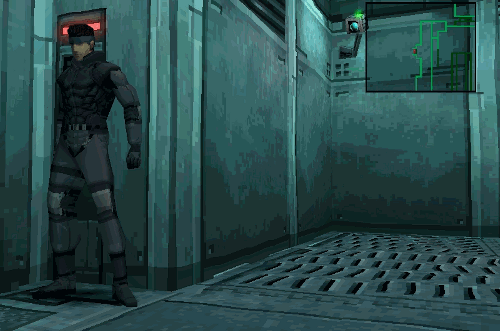
Bonus Postscript
I love Metal Gear Solid so much, it became the focus of my A Level Media Studies project. Take a gander at the cringe-worthy video below, which has been sat on a dusty shelf labelled “2005” for quite some time. If you really want more on top of that, I spend a good chunk of the first episode of the PAYNEful podSPLOSION describing the absolutely insane series sub-plot concerning Liquid Snake’s arm.
If that’s still not enough to entice you, check out this excellent video on MGS3 and this intriguing video on MGS2, both from Super Bunnyhop.
Post by Sean Patrick Payne+ | August 17, 2014 at 12:00 pm | Game Guides for Non-Gamers, Video Games | No comment
Tags: Big Boss, Konami, Metal Gear Solid, Metal Gear Solid 2: Sons of Liberty, Metal Gear Solid 3: Snake Eater, Metal Gear Solid 4: Guns of the Patriots, Metal Gear Solid V: The Phantom Pain, Metal Gear Solid: Peace Walker, Naked Snake, Solid Snake
